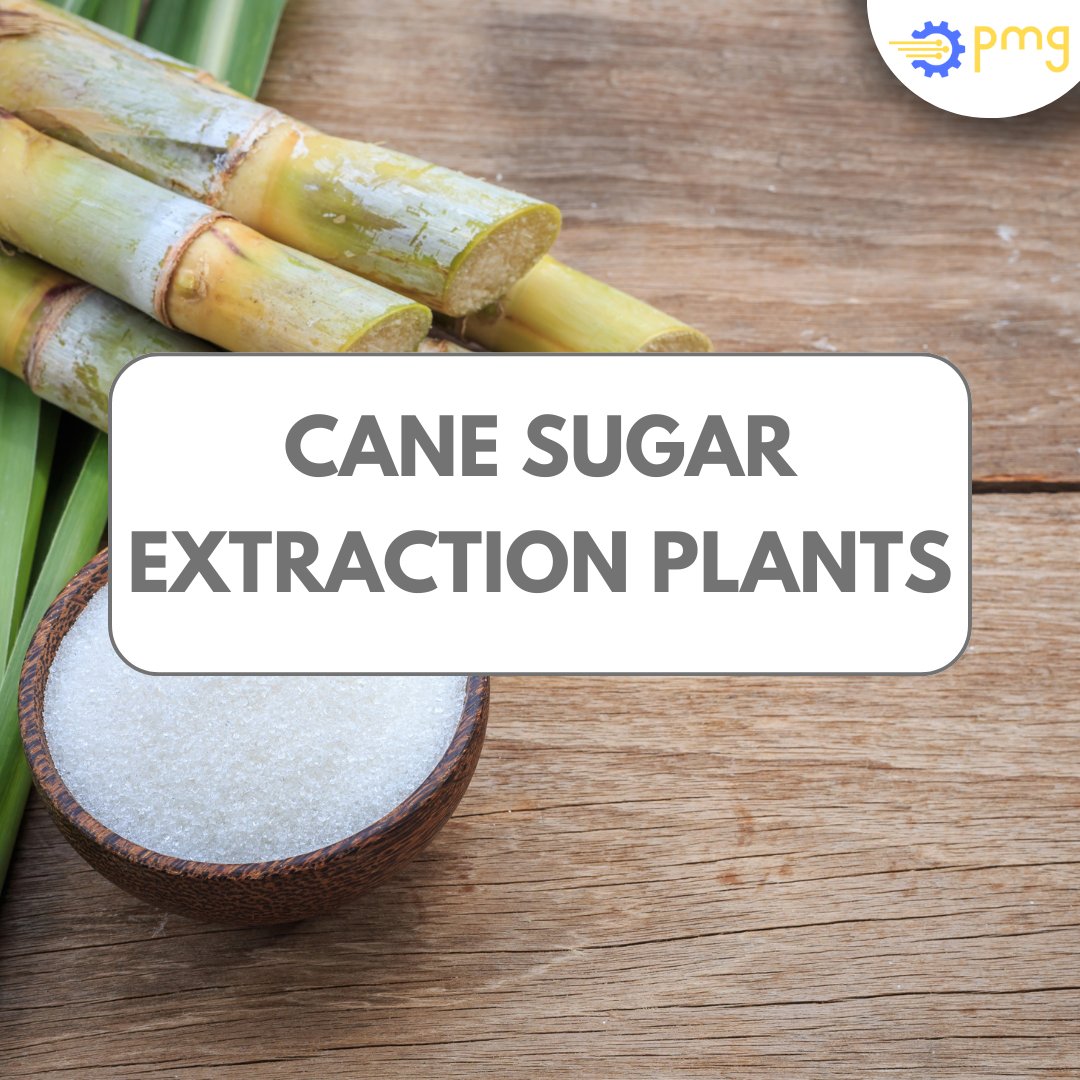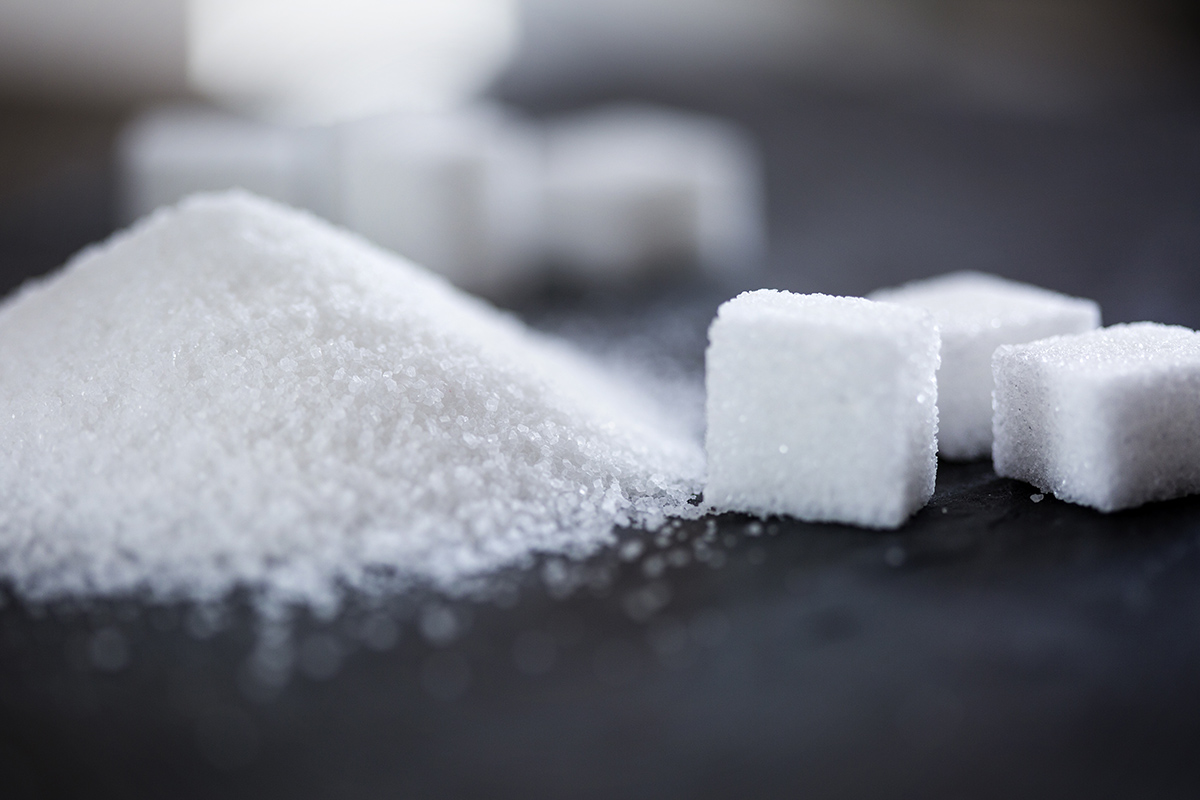Advanced Cane Sugar Processing Chemicals: Improve Purity and Flavor
Advanced Cane Sugar Processing Chemicals: Improve Purity and Flavor
Blog Article
Maximizar Rendimientos Y Minimizar Costos: Estrategias Avanzadas Para La Optimización Química Del Procesamiento De Azúcar De Caña
In the realm of walking cane sugar processing, the quest of making the most of returns while simultaneously reducing prices stands as a powerful challenge that requires a calculated mix of advanced chemical optimization strategies. Amidst this detailed web of approaches exists the assurance of opening untapped capacity and transforming the very significance of sugar manufacturing.
Chemical Evaluation for Effectiveness
Chemical analysis plays a crucial duty in improving the effectiveness of sugar cane handling by supplying important insights right into the structure and buildings of the raw products. By carrying out detailed chemical evaluations on sugar walking stick samples, cpus can identify the exact focus of sucrose, glucose, fructose, and various other elements existing in the raw product. This information is essential for enhancing the different stages of the sugar walking cane processing chain, from grating to formation.
In addition, chemical evaluation makes it possible for cpus to determine pollutants such as natural acids, proteins, and minerals that can influence the high quality and return of the final sugar item. By measuring these contaminations, processors can apply targeted techniques to get rid of or reduce their results, eventually boosting the overall performance of the processing plant.
Furthermore, chemical evaluation helps with the surveillance of process specifications such as pH, temperature level, and viscosity, enabling cpus to make real-time adjustments to guarantee optimum problems for sugar extraction and condensation. On the whole, a complete understanding of the chemical composition of sugar walking stick is necessary for making best use of yields, reducing expenses, and keeping high item quality in the sugar production market.

Enzyme Usage for Raised Yields
With a calculated approach to enzyme use, sugar cane processors can dramatically enhance their yields while keeping operational effectiveness in the manufacturing procedure. Enzymes play an essential function in sugar walking cane processing by breaking down complicated carbs into easier sugars, hence increasing the overall sugar extraction performance. By including specific enzymes tailored to target the various parts of sugar cane, such as cellulose and hemicellulose, processors can enhance the launch of sugars throughout extraction.
Enzyme usage provides the advantage of optimizing sugar returns from the raw material while reducing the energy and sources needed for handling. With careful selection and application of enzymes, sugar walking cane cpus can enhance their operations to achieve greater returns and earnings.
Ph Control for Ideal Processing
Enzyme utilization for enhanced returns in sugar walking cane handling lays the foundation for dealing with the important facet of pH control for optimal processing effectiveness. Keeping the ideal pH level throughout various stages of sugar walking stick processing is necessary for maximizing yields and minimizing costs. By thoroughly checking and readjusting the pH degrees at various handling actions, sugar walking stick cpus can improve sugar healing rates, decrease chemical usage, and optimize the overall production procedure.
Advanced Purification Methods
Implementing sophisticated purification techniques in sugar walking cane handling boosts the performance and pureness of the end product through fine-tuned separation techniques. By incorporating advanced filtration technologies, such as membrane layer purification and triggered carbon filtering, sugar cane handling plants can attain higher levels of sugar recuperation and enhanced YOURURL.com quality assurance.

Activated carbon filtration is another sophisticated technique that aids in the elimination of colorants, off-flavors, and residual impurities from sugar walking cane products. By utilizing turned on carbon's adsorption buildings, this filtering method boosts the clearness and taste of the sugar, fulfilling the high requirements required by consumers and industry guidelines.
Energy-Efficient Distillation Approaches
Energy-efficient distillation approaches are vital for maximizing the sugar cane handling industry's energy intake while maintaining top notch product criteria. Traditional purification processes can be energy-intensive, causing higher production expenses and ecological impacts (Cane Sugar Processing Chemicals). Carrying out energy-efficient purification techniques, such as Recommended Site vacuum cleaner distillation or molecular distillation, can substantially reduce energy demands while boosting overall process effectiveness
Vacuum cleaner distillation involves reducing the stress within the purification system, which lowers the boiling point of the liquid blend being refined. This decrease in boiling factor decreases the energy needed for vaporization, leading to power financial savings compared to traditional purification methods.
On the other hand, molecular purification utilizes short path distillation techniques under high vacuum cleaner problems to separate compounds based on their molecular weight. This technique is especially reliable for heat-sensitive materials, as it runs at reduced temperature levels, reducing energy usage and preserving product high quality.
Final Thought

Report this page